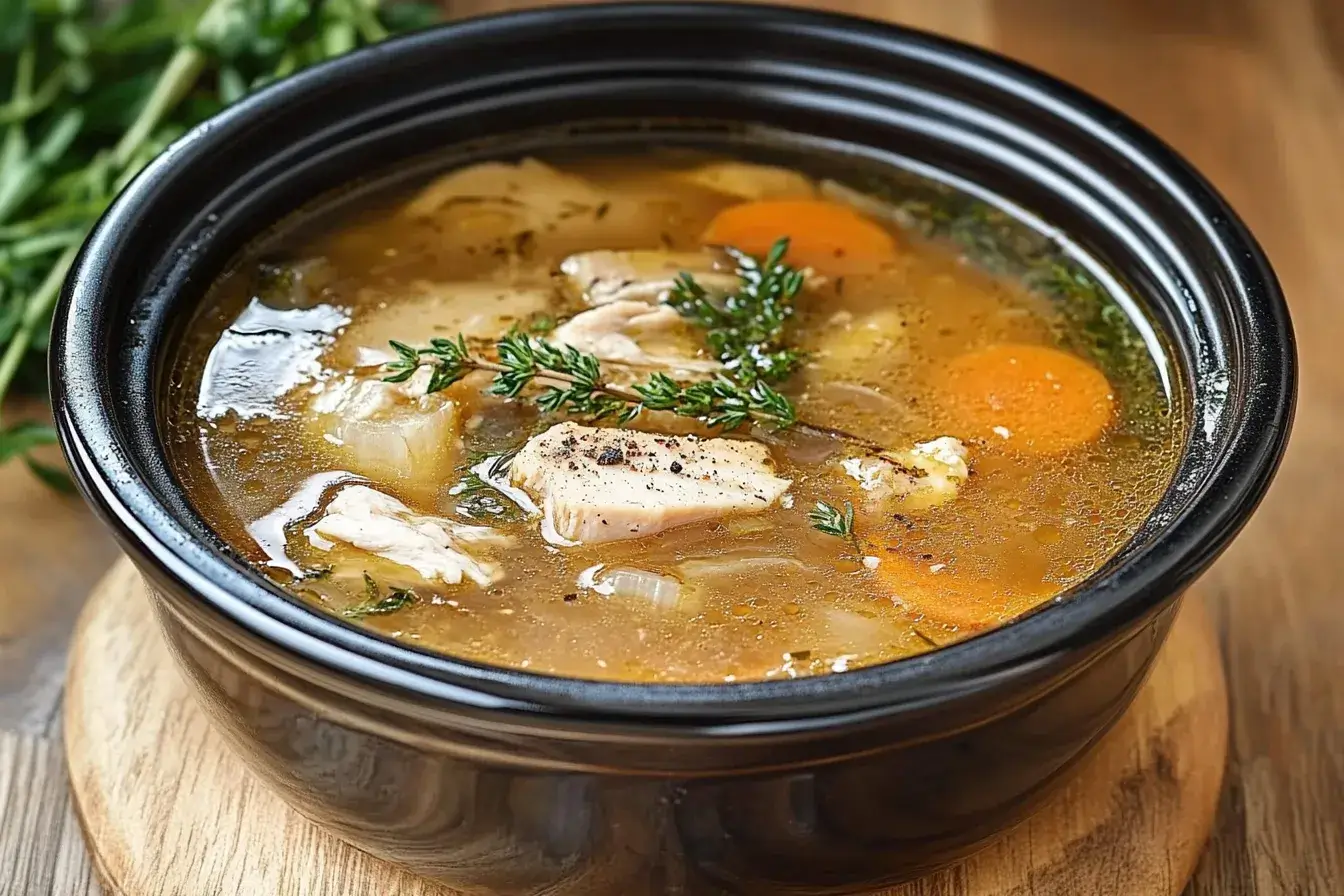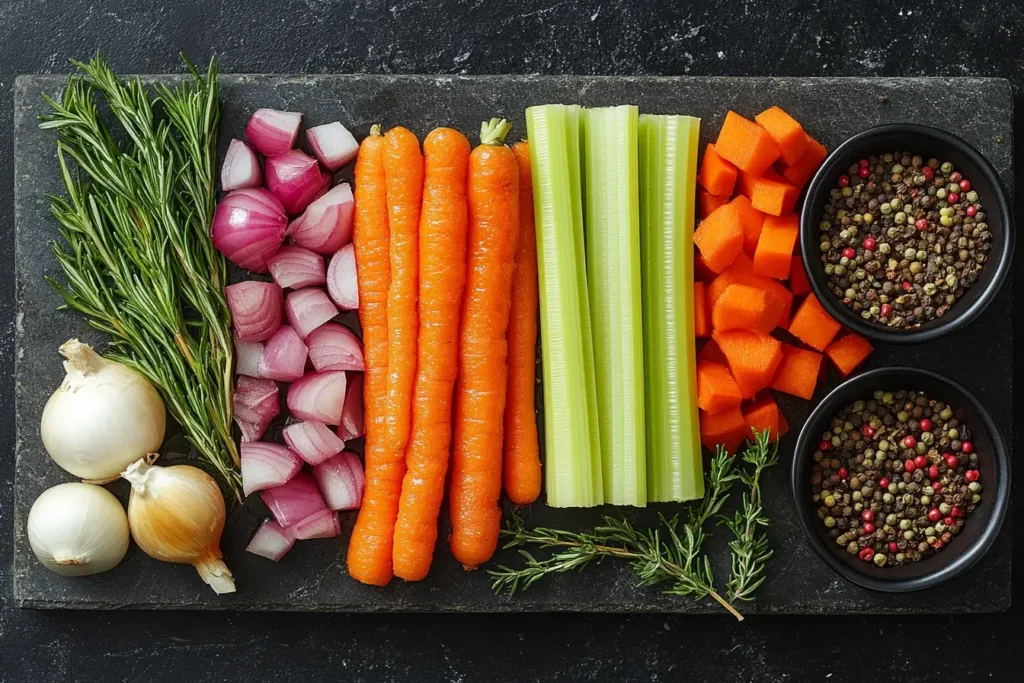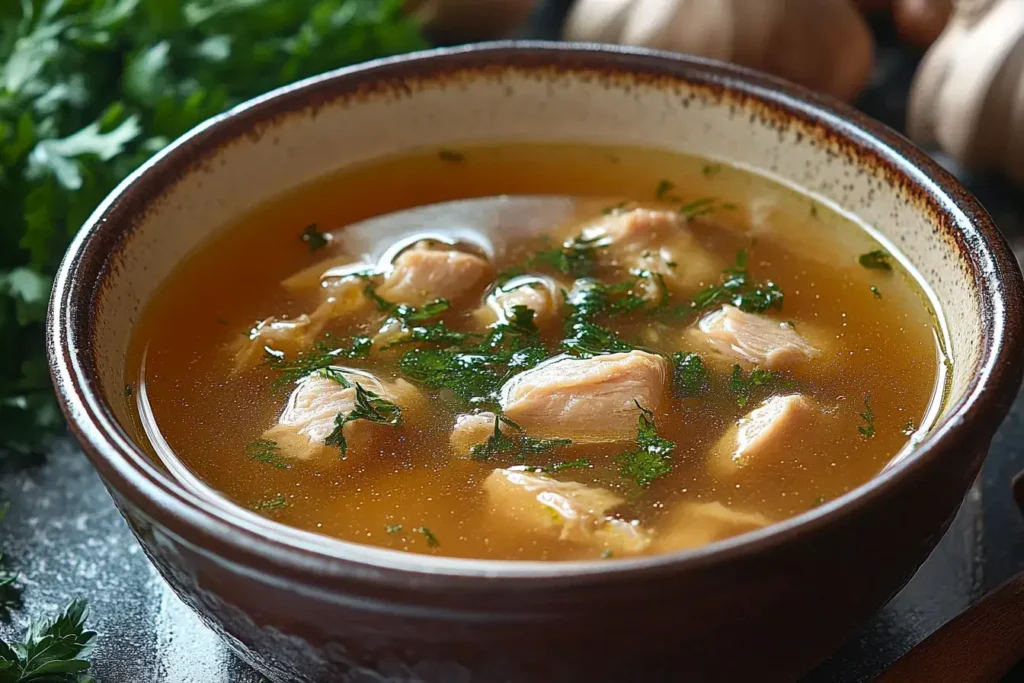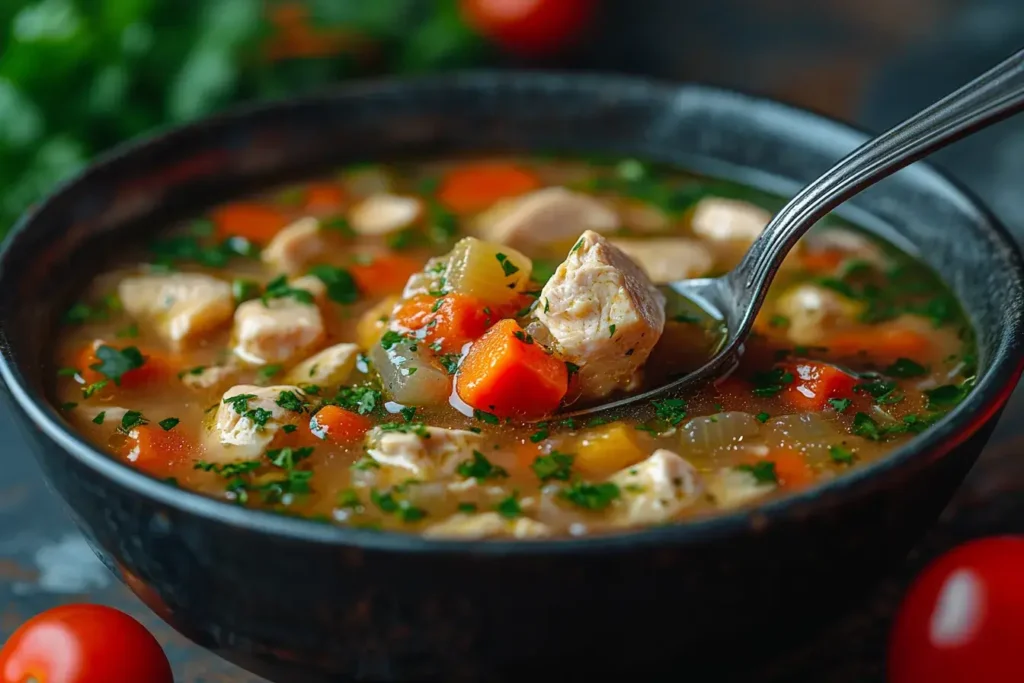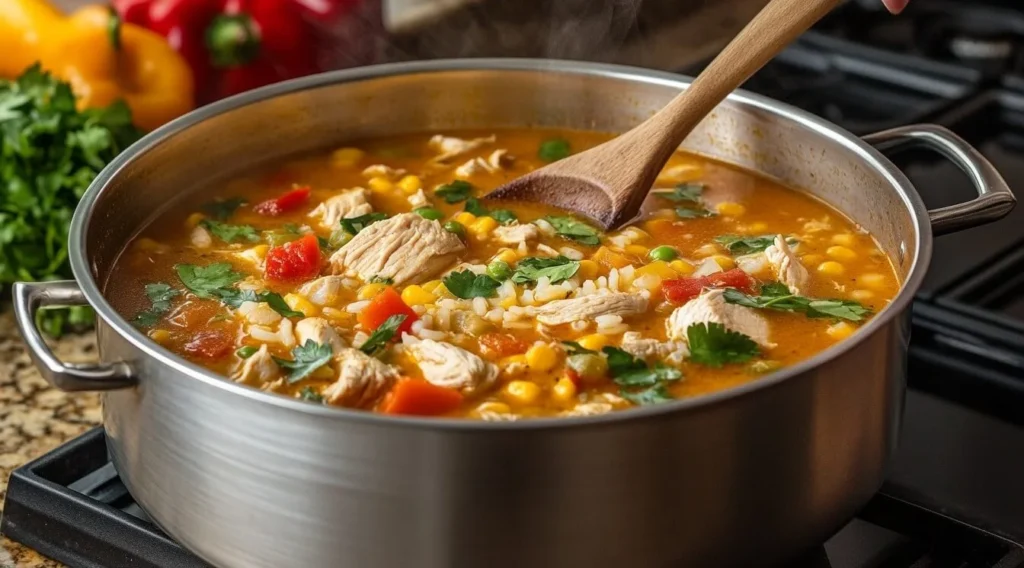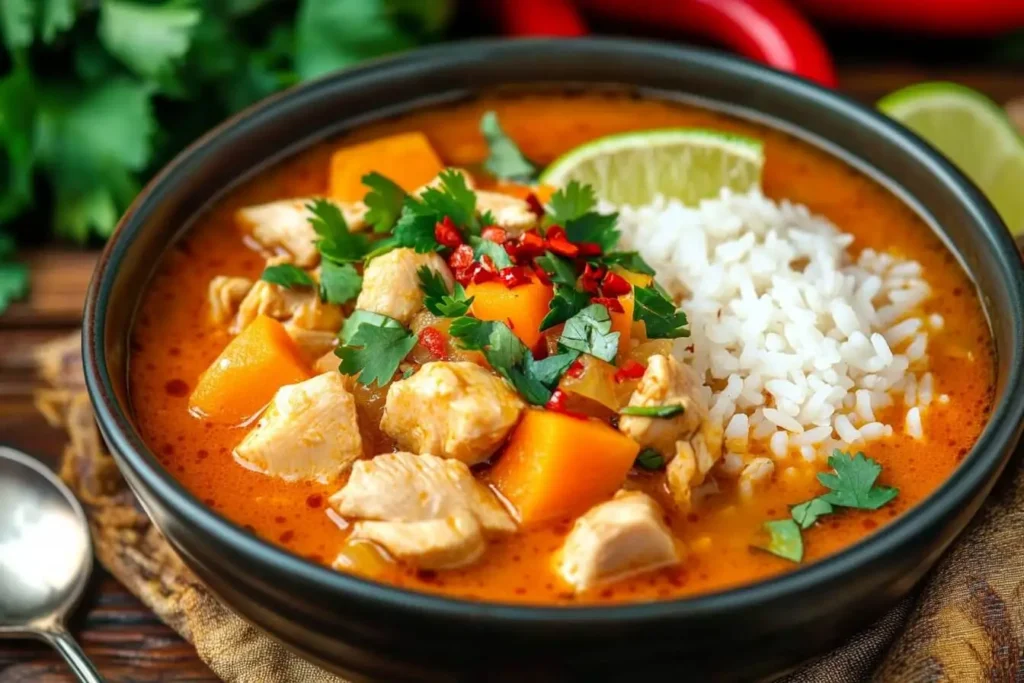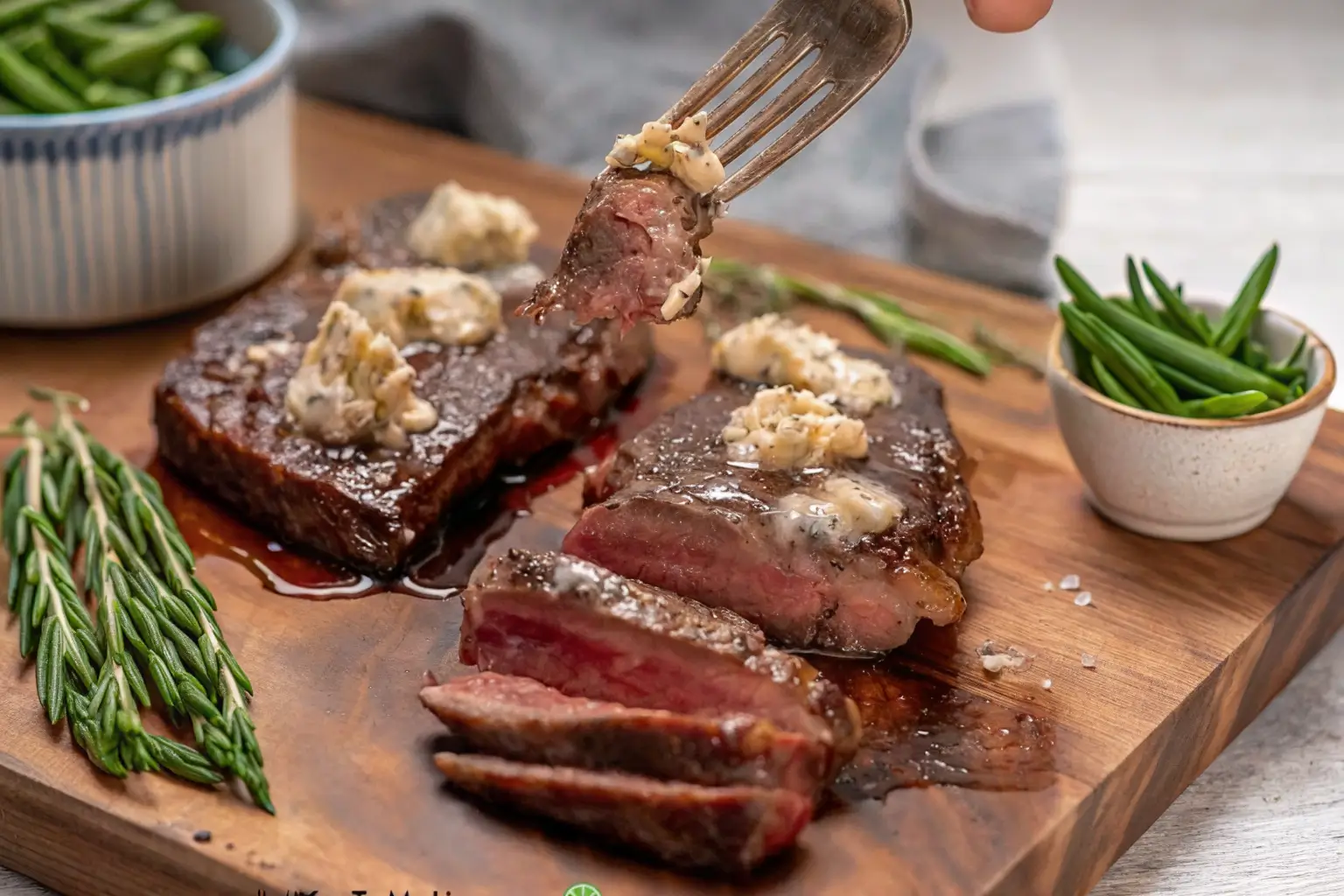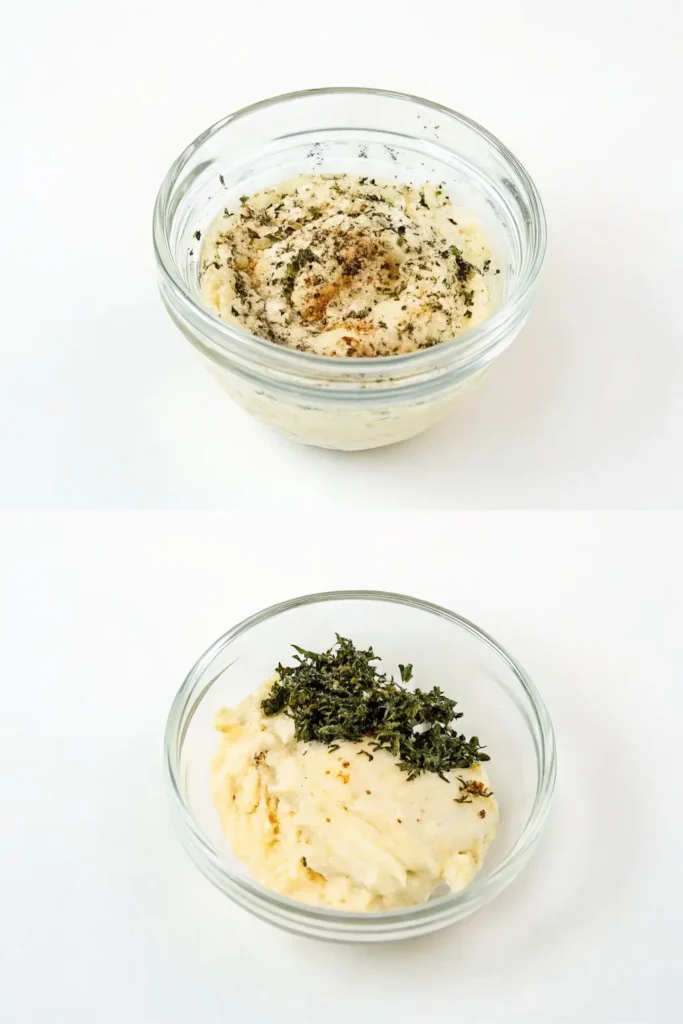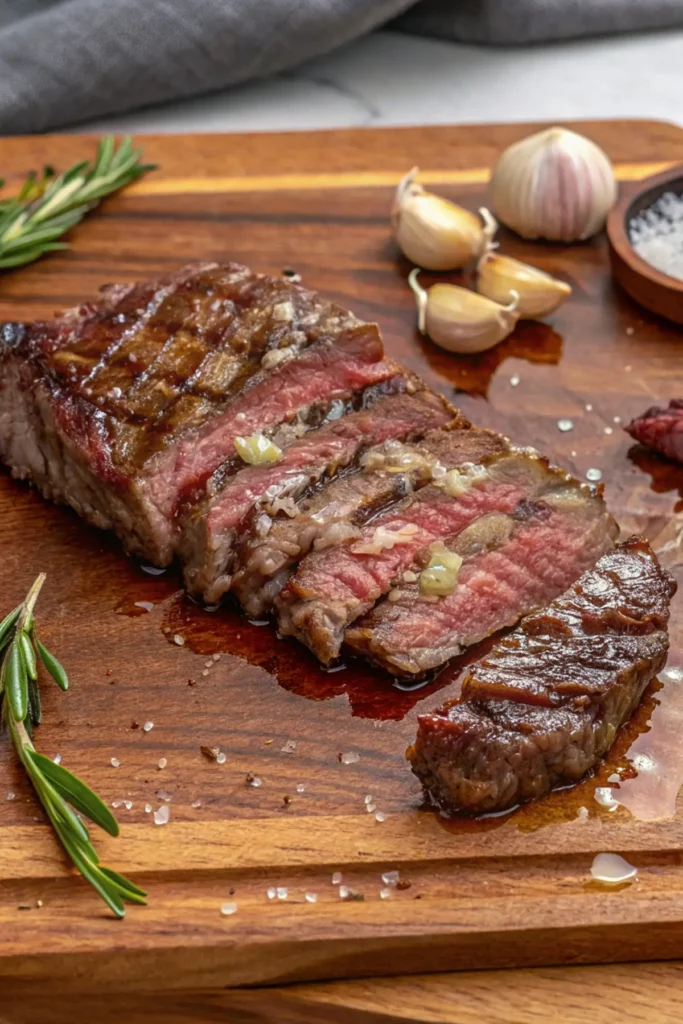Grilled chicken thighs are a crowd-pleaser, combining crispy, flavorful exteriors with juicy, tender meat inside. Whether you’re hosting a backyard BBQ or prepping for a weeknight dinner, grilled chicken thigh recipes are versatile and easy to customize. This guide walks you through every step—from choosing the right cut to mastering grilling techniques. We’ll also explore delicious marinades, popular variations, and tips for serving up the perfect meal. Let’s fire up the grill and get started!
Why Grilled Chicken Thighs are a Perfect Choice
Benefits of Chicken Thighs: Flavor and Versatility
Chicken thighs have a natural advantage—they’re rich, flavorful, and forgiving to cook. Their higher fat content keeps them moist and tender, even when grilled at high heat. Unlike chicken breasts, thighs are less likely to dry out, making them a fantastic choice for grilling newbies and pros alike. Plus, their bold flavor pairs beautifully with countless marinades and rubs, from tangy citrus to spicy BBQ.
Another perk? Chicken thighs are incredibly versatile. Whether you’re cooking for a casual meal or a fancy gathering, grilled chicken thigh recipes adapt to any occasion. Bone-in thighs deliver extra flavor, while boneless options cook faster and are easier to eat. With so many options, it’s no wonder chicken thighs are a grilling favorite.
Grilling vs. Other Cooking Methods for Chicken Thighs
While baking and pan-frying have their merits, grilling adds a smoky, charred flavor that’s hard to beat. The direct heat caramelizes marinades and renders fat, creating a crispy, golden-brown skin. Grilling also locks in juices, ensuring the meat stays tender and mouthwatering.
For outdoor enthusiasts, grilling is as much about the experience as the food. The sizzle of meat, the aroma of smoky spices, and the joy of cooking under the open sky make grilled chicken thigh recipes a go-to for anyone looking to elevate their meals.
Preparing Chicken Thighs for the Grill
Choosing the Right Cut: Bone-In vs. Boneless
The first step to perfecting any grilled chicken thigh recipe is choosing the right cut. Bone-in chicken thighs are a top pick for those who love bold flavors. The bone helps retain moisture during grilling, making the meat tender and juicy. On the flip side, boneless thighs are all about convenience. They cook faster, are easier to handle, and work wonders for recipes requiring marinades to penetrate fully.
Ultimately, your choice depends on your time and taste preferences. Bone-in thighs are perfect for leisurely BBQs, while boneless thighs shine in quick weeknight dinners. Either way, chicken thighs remain a reliable, flavorful choice.
Prepping the Chicken: Cleaning, Trimming, and Marinating
Preparation is key to a successful grilled chicken thigh recipe. Start by cleaning the chicken under cold water and patting it dry with paper towels. Trim any excess fat to prevent flare-ups on the grill, but don’t remove all of it—a little fat adds flavor!
Next, marinating is your best friend. A good marinade enhances the flavor and tenderness of the meat. Allow at least 30 minutes for quick meals or up to 24 hours for deeper flavor. For a no-fuss approach, check out this guide on chicken marinades to complement your grilling.
Essential Equipment for Grilling Chicken Thighs
Investing in the right tools can make or break your grilling experience. A reliable grill thermometer ensures you hit the ideal internal temperature of 165°F. Long-handled tongs help you flip the chicken without losing juices, while a clean grill grate prevents sticking. For bone-in thighs, consider a grill basket to keep everything secure as you cook.
The Best Marinades for Grilled Chicken Thighs
Classic Marinades: Soy, Citrus, and Herb-Based Blends

Classic marinades bring timeless flavors to your grilled chicken thigh recipes. A blend of soy sauce, garlic, and citrus juice creates a tangy, savory punch that pairs perfectly with smoky grill marks. Add rosemary or thyme for a herbaceous kick. This style of marinade complements bone-in thighs beautifully, infusing the meat with deep, robust flavor.
Sweet and Spicy Marinades: Honey, Sriracha, and Brown Sugar
If you crave something bold, sweet and spicy marinades are your go-to. Combining honey, brown sugar, and a dash of Sriracha creates a glaze that caramelizes on the grill. The result? Chicken thighs with a crispy, sticky coating and a sweet heat that keeps you coming back for more.
Quick No-Marinate Rubs for Grilled Chicken Thighs
Short on time? No worries! A quick dry rub with paprika, garlic powder, and cayenne can transform your chicken thighs in minutes. Simply coat the meat evenly, let it sit while your grill heats up, and cook as usual. Dry rubs are perfect for achieving bold flavors without the extra time marinating.
Grilling Techniques for Perfect Chicken Thighs
Direct vs. Indirect Heat: When to Use Each Method

Mastering the grill means understanding when to use direct or indirect heat. Direct heat involves cooking chicken thighs over the flame or heat source, perfect for creating that crispy, charred exterior. However, for thicker cuts like bone-in thighs, indirect heat is key. It ensures the inside cooks evenly without burning the outside.
For the best grilled chicken thigh recipes, start with direct heat to sear the thighs and lock in juices. Then, move them to indirect heat to finish cooking to perfection. Using a two-zone grilling method on a gas or charcoal grill makes this technique a breeze.
How Long to Grill Chicken Thighs: Timing and Temperatures
Cooking time varies based on the thickness of the meat and the grill’s temperature. Boneless thighs typically take about 6-8 minutes per side over medium-high heat. Bone-in thighs need 10-12 minutes per side for thorough cooking. Always use a meat thermometer to ensure the internal temperature reaches 165°F for safe, juicy chicken.
Tips for Preventing Dryness and Achieving a Juicy Result
Dry chicken thighs are a grilling disaster, but there are simple ways to avoid it. First, always marinate or apply a dry rub before grilling to keep moisture locked in. Use medium to medium-high heat instead of high heat, which can dry out the meat. Finally, let the chicken rest for 5 minutes after grilling. This allows juices to redistribute for a tender bite every time.
Popular Recipe Variations
Classic BBQ Grilled Chicken Thighs
Nothing beats the smoky, tangy flavor of classic BBQ chicken thighs. This variation involves a simple marinade of ketchup, vinegar, brown sugar, and Worcestershire sauce. Baste the chicken thighs with the sauce while grilling for a caramelized, sticky finish. Serve with coleslaw or cornbread for the ultimate comfort meal.
Asian-Inspired Grilled Chicken Thighs
For a bold twist, try Asian-inspired grilled chicken thigh recipes. A marinade of soy sauce, sesame oil, garlic, and ginger delivers savory, umami-rich flavors. Add a sprinkle of sesame seeds or chopped scallions before serving to elevate the dish. These thighs pair well with steamed rice or stir-fried veggies.
Mediterranean-Style Grilled Chicken Thighs
Mediterranean-style grilled chicken thighs use a zesty blend of olive oil, lemon juice, oregano, and garlic. The flavors are bright and refreshing, perfect for summer grilling. Serve these thighs with a side of tzatziki sauce, pita bread, and a fresh Greek salad for a complete meal.
Healthy Grilled Chicken Thigh Recipes: Low-Calorie Options
If you’re looking for a lighter option, opt for low-fat marinades like citrus and herbs. Skip the sugary sauces and use spices like paprika, cumin, and coriander for bold, calorie-conscious flavor. Grilling boneless thighs with minimal oil can keep the dish healthy while still satisfying.
Serving Suggestions and Side Dishes
Best Side Dishes to Pair with Grilled Chicken Thighs
A great grilled chicken thigh recipe deserves equally amazing sides. Classic BBQ pairings like coleslaw, baked beans, and cornbread are always a hit. Their hearty, flavorful nature complements the smoky, tender chicken thighs. For something lighter, opt for grilled veggies like zucchini, asparagus, or bell peppers to maintain the grill theme.
Potato-based dishes also pair beautifully. Creamy mashed potatoes or a tangy potato salad can balance the bold flavors of grilled chicken thighs. If you want something quick and fresh, whip up a simple garden salad with a vinaigrette dressing. These options add variety while enhancing the meal’s overall appeal.
Meal Ideas for Different Occasions: Weeknight Dinners to BBQs
Grilled chicken thighs are versatile enough for casual weeknight dinners or festive weekend barbecues. For weeknights, serve them with steamed rice and sautéed greens for a quick and healthy option. Hosting a BBQ? Set up a build-your-own sandwich bar with grilled chicken thighs, buns, and toppings like pickles, lettuce, and sauces.
For a themed meal, pair Mediterranean-style grilled chicken thighs with tabbouleh and hummus. If you’re going for an Asian-inspired vibe, serve the thighs with jasmine rice and a side of cucumber salad. No matter the occasion, grilled chicken thigh recipes can adapt to suit your menu.
FAQs About Grilled Chicken Thigh Recipes
How Long Does It Take to Grill Chicken Thighs?
Timing depends on the type of chicken thigh and grill setup. Boneless thighs cook faster, taking about 6-8 minutes per side on medium-high heat. Bone-in thighs need around 10-12 minutes per side. Always use a thermometer to confirm the internal temperature reaches 165°F for safe and juicy chicken.
How Do You Keep Chicken Thighs From Drying Out on the Grill?
To keep chicken thighs moist, marinate them beforehand to lock in flavor and juices. Grill over medium heat to avoid drying them out. Flipping them just once during cooking ensures even grilling without losing too much moisture. Letting them rest for a few minutes after grilling also redistributes the juices.
What Cooking Method is Best for Chicken Thighs?
While baking and pan-frying are good options, grilling is the best method for chicken thighs when you want a smoky, charred flavor. The direct heat of the grill crisps the outside while keeping the inside tender and juicy. This is why grilled chicken thigh recipes are a go-to for many.
What Makes a Good Grilled Chicken Thigh Marinade?
A great marinade balances acidity, oil, and seasonings. Ingredients like citrus juice, soy sauce, olive oil, and garlic create bold flavors while tenderizing the meat. Adding a hint of sweetness, like honey or brown sugar, helps the marinade caramelize beautifully on the grill.
Conclusion
Recap of Tips and Techniques for the Best Grilled Chicken Thighs
Perfecting grilled chicken thigh recipes is all about combining the right techniques, flavors, and preparation. Whether you prefer bone-in thighs for their rich, juicy texture or boneless cuts for convenience, grilling adds that irresistible smoky flavor that makes this dish a standout. From choosing marinades to mastering direct and indirect heat, each step builds toward creating a meal that’s both flavorful and tender.
Don’t forget the little details like letting the meat rest after cooking or using a thermometer to ensure it’s cooked just right. These small but essential steps make all the difference between a good meal and a great one. With endless variations and serving ideas, grilled chicken thighs can easily become a staple in your cooking repertoire.
Encouragement to Experiment with Flavors and Styles
The beauty of grilled chicken thigh recipes lies in their versatility. You can stick with traditional BBQ marinades, explore global flavors, or even create your own signature blend. The grill is your playground, so don’t be afraid to experiment! Pair your creations with complementary sides, and you’ve got a dish that’s sure to impress every time. Now, grab those tongs and get grilling!


